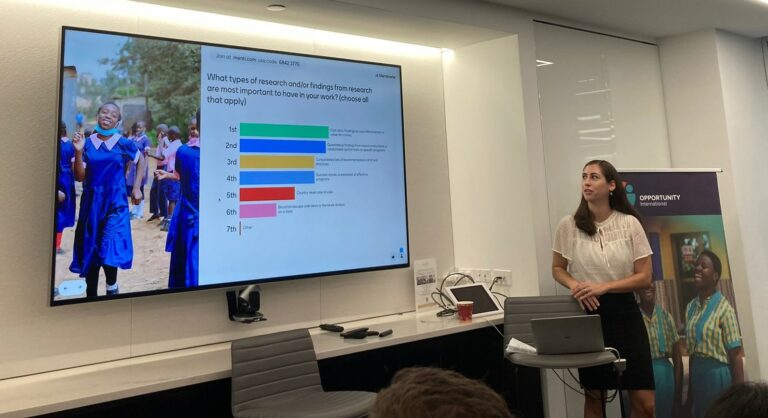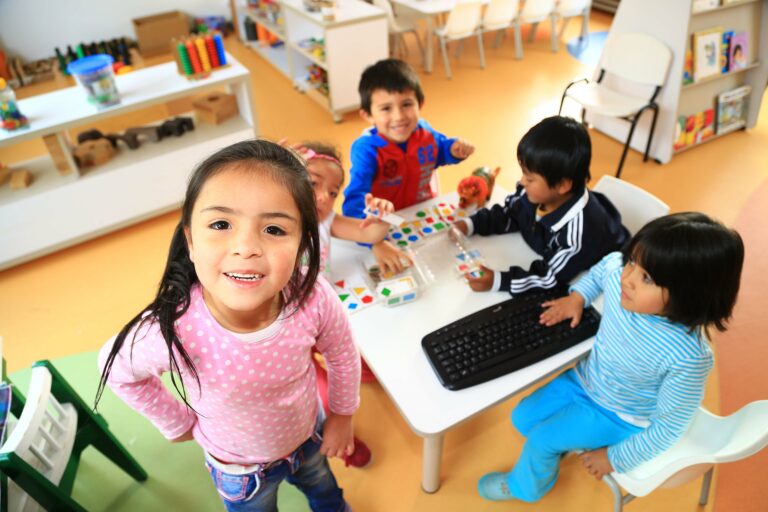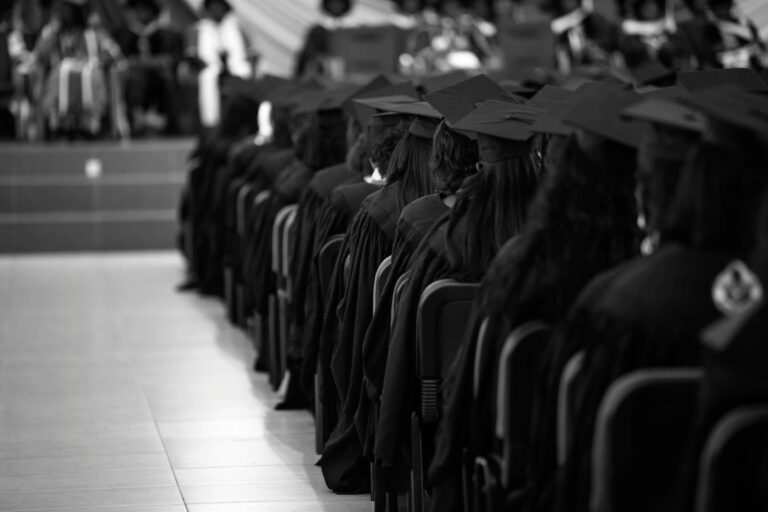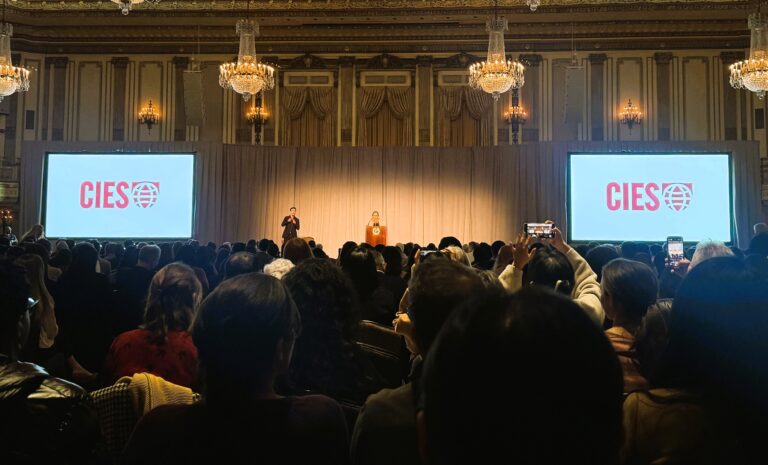Cultivating Minds, Conserving Futures: Climate Education in South African Classrooms
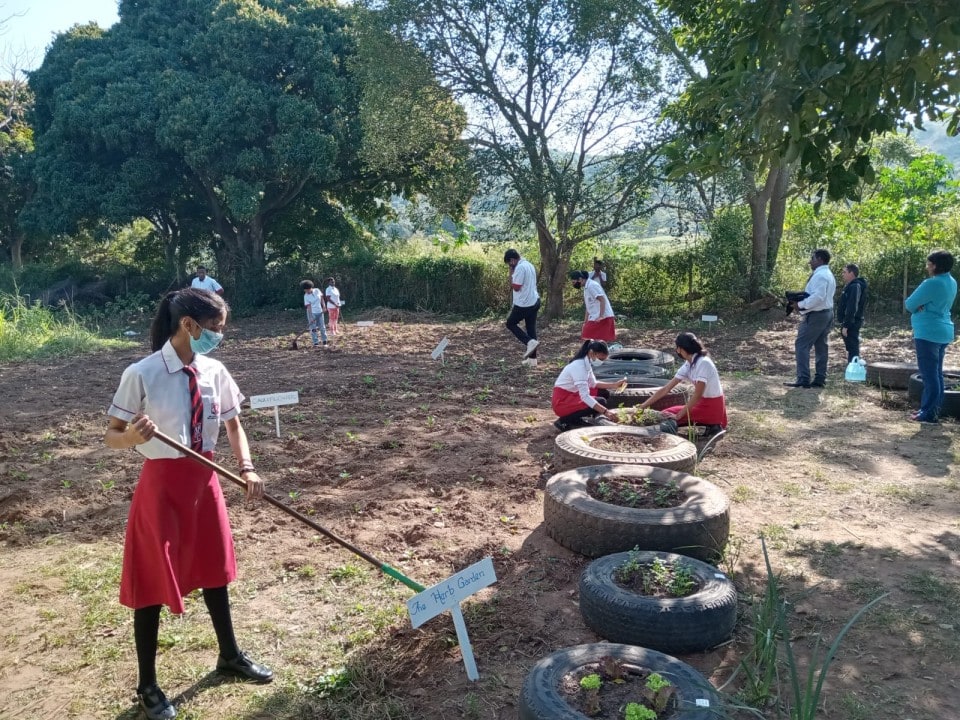
Climate change education provides children and young people with the knowledge and skills to make informed decisions about how to adapt their individual lives and ecological, social or economic systems to a changing environment. In South Africa, where the observed rate of warming has been 2°C per century or even higher – more than twice the global rate of temperature increase – climate change education is critical.
Education plays a crucial role in addressing challenges of climate change, however school leaders, teachers, learners, and communities are not always sufficiently aware of how to address and incorporate climate change education in schools. To address this, VVOB – education for development designed and delivered a project aiming to make climate change education part of school and classroom practice in South Africa, with an emphasis on involvement of the local community. The project, titled Keep It Cool, was rolled out to 100 schools across the provinces of KwaZulu-Natal, Limpopo and Eastern Cape. These provinces comprise a mix of urban and rural settlements, which face unique challenges related to the impact of climate change.
Implemented as part of Fundisa for Change (a national multistakeholder community of practice) in partnership with Greenmatter, a South-African NGO, and government partners, the project provided professional development to 200 in-service secondary teachers. The teachers participated on a voluntary basis and were selected based on motivation and expertise in subjects like geography, natural science, or social and life sciences, as these subjects lend themselves well to the integration of climate change education. The teachers were also encouraged to collaborate and learn from each other through professional learning communities (PLCs).

As a final assignment of the learning trajectory, the teachers designed a climate change education project involving students and their local communities including parents. With this practical experience, students and the community were prompted to recognize locally relevant climate change challenges and try out possible mitigation and adaptation strategies, reducing the impact and vulnerability to climate change now or increasing resilience to future impacts.
In one of these projects, students at Nndamuleleni Secondary School, in Limpopo, grew vegetables and fruits in their newly developed food garden. Nomfundo Ndlovu, a Keep It Cool project manager said: “The food garden is not only supporting the school’s feeding scheme by feeding vulnerable learners and members of the local community, but it is also helping the school to raise a sustainable income by selling the products that are grown.”
In Dr AD Lazarus Secondary School, in KwaZulu-Natal, the teachers try to link climate change with other curriculum related topics. Kaasturie Moodley, the school’s geography teacher, said: “This particular concept of ours is a concrete way of showing the learners how mitigation is done in practice.” According to the school principal, they have noticed that the teachers understand the importance of climate change education and show their enthusiasm by exhibiting an interest in global warming and ecological lifestyles after hours.
The project has had a significant impact on teachers’ competence, pedagogical transformation, and whole school development. For learners, the project has generated benefits in their personal lives – for instance, they have a greater appreciation for the environment and improved confidence and presentation skills, and some learners started to grow a home-based vegetable garden. By involving and teaching their parents what they do at school, the learners have also contributed to educating the local community.
Keitsumetse Maureen Modiba, Director General Education and Training, Department of Basic Education noted that not only has the project connected learners with their communities, but it’s also fostered cross-sector collaboration: “Learners have been encouraged to plant their own food and to keep their environment clean and they are having fun while they are learning. Most of all it’s been enlightening to see the different government departments, different non-governmental organizations, research institutions as well as universities working together for a common goal.”
Reflecting on the project’s successes, VVOB’s Esther Goldschmidt, Global Strategic Advisor Partnerships, noted that partners played and will continue to play a crucial role in climate change education: “The Keep It Cool project team and our partners in South Africa have done a wonderful job. The external evaluation for the project found that it represents a successful model for climate change education. Keep It Cool brought school leaders, teachers, learners and communities together through meaningful exchange.”
Speaking of the next steps, Goldschmidt said that there is appetite for a second phase of the project as climate change education remains a priority. “At VVOB, we believe that by “greening” secondary education, we can boost the impact of education beyond learning alone and help tackling climate change. We work closely with our partners to realize this endeavor. In South Africa, our Keep It Cool partner Fundisa for Change is engaging in national dialogues and policy discussions right now to embed Education for Sustainable Development in the revised 2025 curriculum.”
To find out more, visit VVOB’s website at https://www.vvob.org/en/programmes/south-africa-keep-it-cool-climate-change-education, and watch the videos showcasing the activities at https://www.youtube.com/@VVOBSouthAfrica/videos


